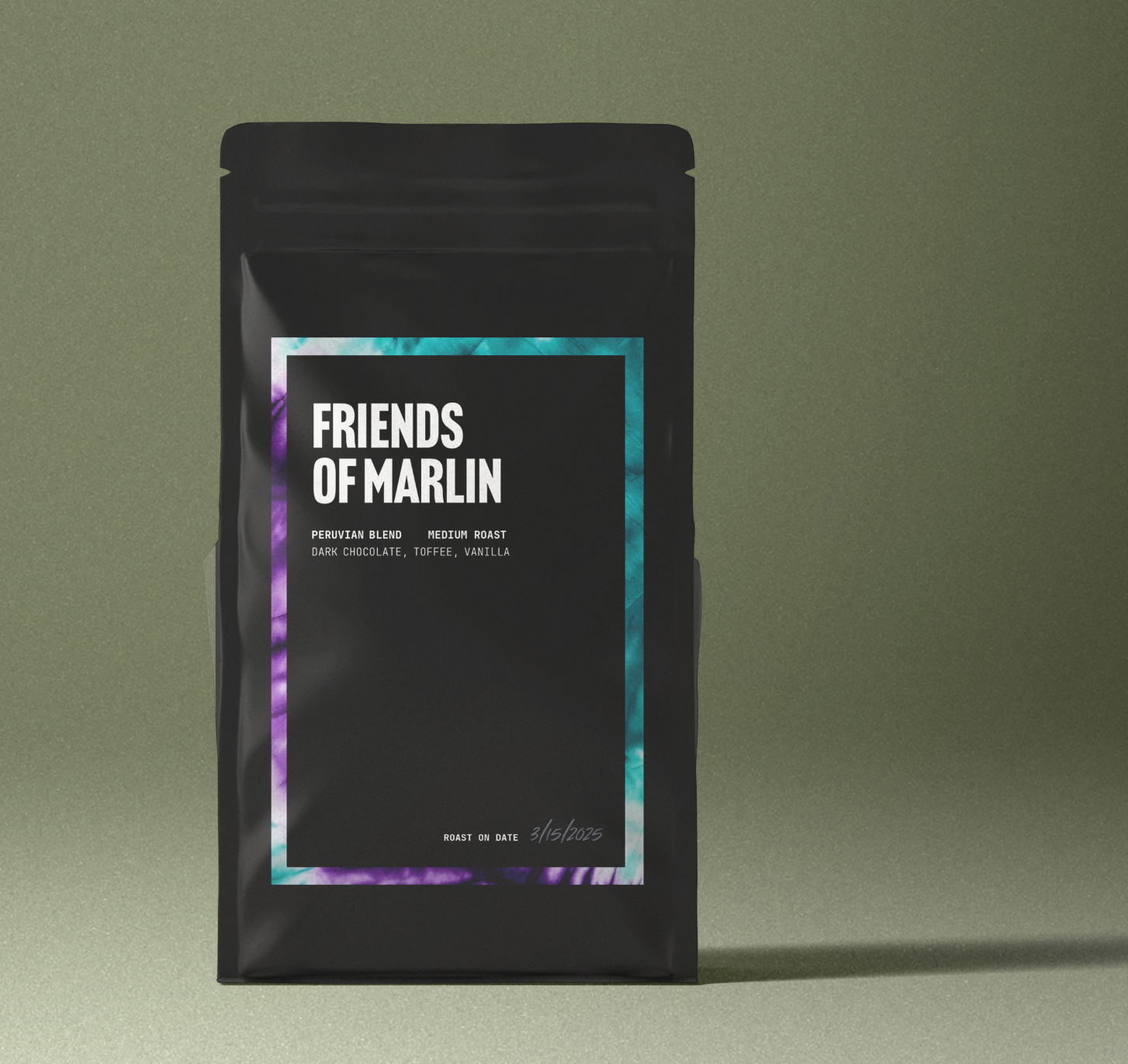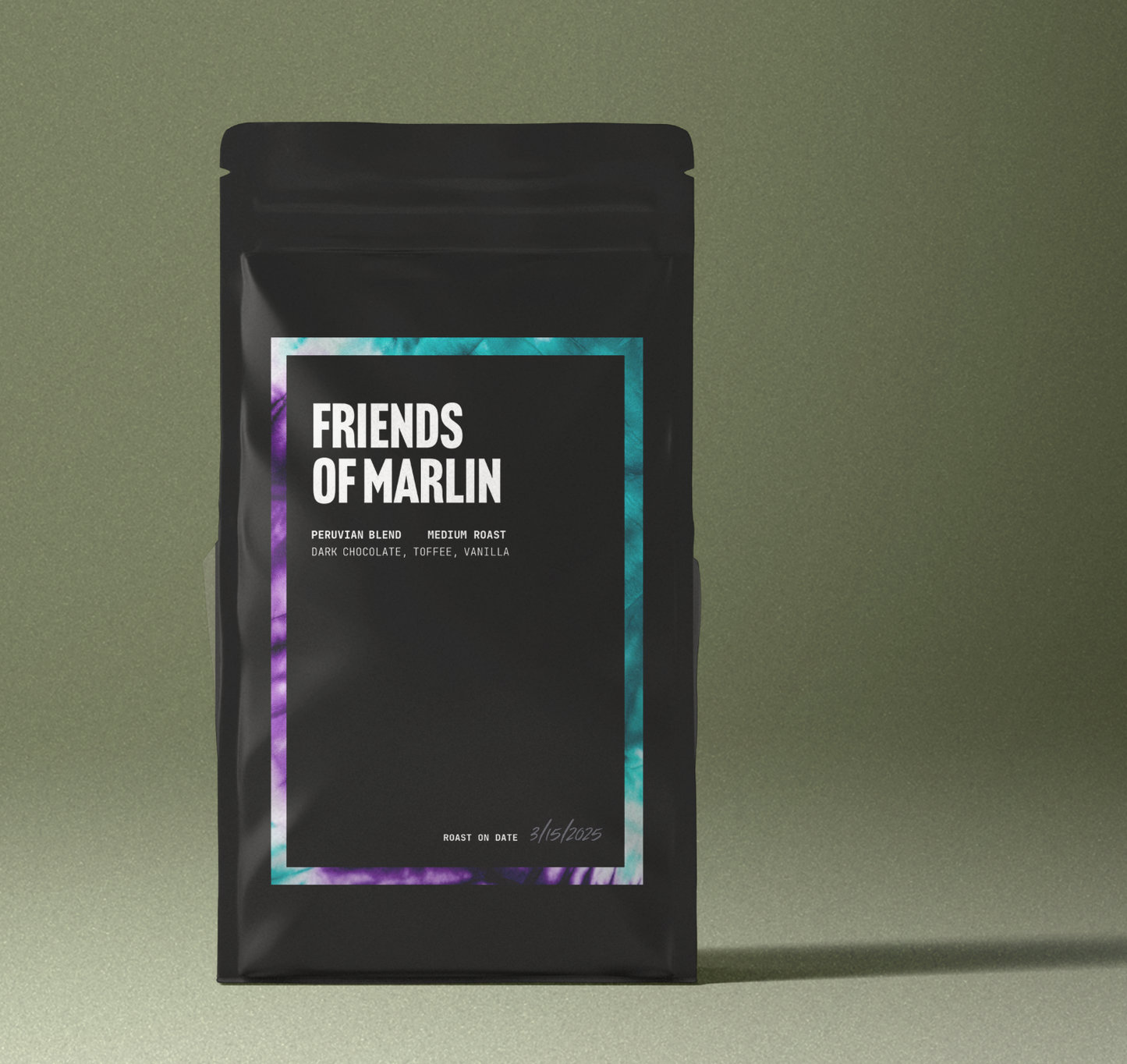
Journey Through Germany’s Coffee Culture
Share
Introduction
Mention coffee in Germany and most people picture frothy cappuccinos enjoyed under the Brandenburg Gate or a slice of Schwarzwälder Kirschtorte washed down with a filter brew in the Black Forest. Yet the story is far richer. Germany is the world’s second‑largest importer of green coffee after the United States and—thanks to its powerhouse roasting sector—an exporter that ships beans to every continent. In 2024 the average German still drank about 163 litres of coffee per year, edging out beer as the nation’s favourite beverage. From aristocratic 17th‑century salons to today’s third‑wave micro‑roasters, coffee has woven itself into the German social fabric, reflecting shifts in politics, technology, migration, and taste. This deep dive traces that evolution, explores regional quirks, and peers into the sustainable, tech‑savvy future now percolating across the country.
1. Ottoman Aromas & Early Kaffeehäuser
Coffee first trickled into the Holy Roman Empire via merchant routes from Venice and London. Hamburg claims the earliest German coffeehouse (1679/80), opened by an English trader catering to seafarers who had sampled the exotic brew abroad. Leipzig, Bremen, and Dresden soon followed, but Berlin—then a modest Prussian town—didn’t see its own Kaffeehaus until 1721. Modeled on the cosmopolitan salons of Vienna, these venues attracted scholars, merchants, and court officials eager for debate and caffeine.
By the mid‑18th century, coffee’s popularity provoked moral panic. Frederick II (“Frederick the Great”) tried to curb consumption, fearing imports drained silver from Prussian coffers. Royal inspectors literally sniffed chimneys for illicit roasting. The public ignored him, and by the 19th century coffee had become democratic: industrial roasting, cheaper colonial beans, and rail transport put it within reach of artisans and factory workers.

2. “Kaffee und Kuchen”: A Sweet Social Institution
Ask any German what 3 p.m. means and they may answer, “Kaffee und Kuchen.” The ritual of afternoon filter coffee with a generous slice of cake dates to bourgeois households in the 1800s but spread nationwide after World War II as prosperity rose. It’s more than a snack; it’s a pause that anchors family gatherings, business meetings, and Sunday strolls. In Swabia you might pair your brew with Zwetschgenkuchen (plum tart); in Saxony, Eierschecke (custard‑topped cheesecake). Even global chains adapt—Starbucks outlets in Munich stock Käsekuchen beside carrot cake to honour local expectations.
3. North vs. South: Regional Palates and Brewing Traditions
Northern ports—Hamburg, Bremen, Lübeck—favoured lighter Scandinavian‑style roasts thanks to maritime trade with Sweden and Denmark. Filter coffee brewed in porcelain Melitta drippers (invented by German housewife Melitta Bentz in 1908) became standard. In East Frisia, a unique tea‑dominated enclave, locals developed “Pharisäer”—filter coffee spiked with rum and topped with whipped cream, allegedly to disguise the alcohol from pious eyes.
Head south to Bavaria and you’ll find darker Italian‑influenced espresso culture, courtesy of post‑war guest‑workers and Alpine tourism. In Munich’s Viktualienmarkt, locals sip Schümli (crema‑topped lungo) at standing bars reminiscent of Milan. Meanwhile, Cologne in the west swears by “Koffeedrenk,” a regional dialect nod to its Rhineland twist on filter brews served with Printen biscuits. These micro‑traditions reveal how federal Germany nurtures distinct coffee identities under one national umbrella.

4. Post‑War Rebuilding & the Birth of Mass‑Market Roasters
The Marshall Plan flooded West Germany with U.S. commodities—coffee among them. Brands such as Tchibo (founded 1949) and Jacobs (1895 but turbo‑charged in the 1950s) pioneered mail‑order beans, supermarket vacuum packs, and loyalty stamps. Television ads turned coffee into a symbol of Wirtschaftswunder comfort. East Germany, by contrast, rationed beans, spurring ersatz blends of barley and chicory until détente improved supply in the 1970s. When the Wall fell in 1989, Western roasters rushed east, and consumption in the former GDR skyrocketed.
5. The Third‑Wave Revolution: Berlin Leads the Charge
If the first wave was commodity coffee and the second the latte‑fueled chain era, Germany’s third wave germinated in Berlin around 2005, seeded by Australian and Scandinavian baristas. Today the capital hosts dozens of micro‑roasters—The Barn, Five Elephant, Bonanza—famous for single‑origin light roasts and rigorous cupping protocols. Travel guides now rank Berlin alongside Portland and Melbourne for café tourism, spotlighting 2024 favourites like Isla, Populus, and Father Carpenter.
The movement has spilled into medium‑sized cities: Leipzig’s Kaffee Haus Dresden roasts Ethiopian Guji on a restored Probat; Stuttgart’s Mókuska scores Cup of Excellence lots; even conservative Düsseldorf boasts Nitro cold‑brew taps. Education is central—Sensory labs, SCA‑certified courses, and public cuppings demystify origin, processing, and brewing variables for curious consumers.
6. Numbers, Ethics & the Business of Beans
According to the Deutscher Kaffeeverband, Germans drank 163 litres per capita in 2024, slightly down from 166 litresin 2023—still far ahead of the EU average. Retail sales dominate, but out‑of‑home consumption—cafés, offices, bakeries—now accounts for roughly 30 % of volume, rebounding after pandemic dips.
Sustainability looms large. Germany’s 2023 Supply Chain Due Diligence Act obliges companies with 1,000+ employees to audit human‑rights and environmental risks, accelerating demand for certified Fairtrade, Rainforest Alliance, and direct‑trade beans. Roasters tout carbon‑neutral shipping via rail from the Port of Hamburg and compostable packaging made from cellulose. Consumers, primed by Germany’s robust recycling culture, reward such efforts: a 2024 YouGov poll showed 61 % willing to pay more for ethically sourced coffee.
7. Café Spaces as Community Hubs
German cafés long doubled as intellectual salons—Goethe drafted verses in Leipzig’s Zum Arabischen Coffee Baum. Today’s iterations blend tradition with modern work culture: communal tables with power outlets, filter flight menus, and QR‑code ordering. Many double as art galleries, vinyl shops, or vegan bakeries, reflecting Germany’s interdisciplinary creative scene. In tech‑heavy cities like Hamburg and Karlsruhe, “co‑roasting” incubators rent time on Loring or Diedrich machines to start‑ups, mirroring craft‑beer’s gypsy‑brewing model.
8. Festivals, Competitions & the Performance of Craft
Nothing captures Germany’s coffee fervour like its festivals. The Frankfurt Coffee Festival draws thousands each September, hosting the German Brewers Cup and latte‑art workshops—no disposable cups allowed, underscoring sustainability goals. Hamburg’s Coffee Cruise features cuppings aboard a historic barge on the Elbe, while Berlin Coffee Week turns Kreuzberg into a passport‑style café crawl. Victors of national championships often podium at the World Barista or World Brewers Cup, burnishing Germany’s reputation for technical precision.
9. Looking Ahead: Tech, Terroir & Taste Evolution
Several forces will shape German coffee over the next decade:
- Automation meets craft – Super‑automatic machines already dominate office kitchens, but AI‑driven grinders that adjust for humidity and bean density are entering high‑end cafés, freeing baristas for storytelling.
- Local roasting for local palates – As energy prices fluctuate, micro‑roasters invest in electric or recaptured‑heat systems, keeping production near consumers to cut emissions.
- Fermentation‑forward flavours – Experimental anaerobic and carbonic‑maceration lots from Latin America thrill German cuppers who once prized “clean” profiles; fruity funk now sells out first.
- Heritage revival – Younger Germans rediscover grandparents’ porcelain filter cones and “Stövchen” (ceramic warmers), merging nostalgia with specialty beans in a trend dubbed Retro‑Brüh.
Given Germany’s engineering prowess, regulatory rigour, and consumer curiosity, the nation is poised to remain a laboratory for sustainable, data‑driven coffee innovation.
Conclusion
From the smoky taverns of 17th‑century Hamburg to Berlin’s minimalist brew bars, coffee has mirrored Germany’s journey—imperial ambition, division and reunification, green‑tech leadership. The cup in a German hand today contains centuries of adaptation: colonial trade routes, wartime scarcity, Italian espresso chic, Silicon‑Valley‑style start‑ups, and a commitment to ethical sourcing that resonates with modern values. Whether you’re lingering over Kaffee und Kuchen in a small‑town bakery or chasing a Gesha pourover in a neon‑lit Berlin roastery, you’re participating in a living culture that continues to grind, roast, and reinvent itself—one aromatic batch at a time. Prost, und zum Wohl!

